Thumbnails with a taco🌮. A 3-2-1 activity. A trip around the world🌎. Scratch-offs for test-taking. If you’re interested in new teaching techniques, creative ideas, fostering a classroom community, and more, register for the Teaching Professor Online Conference. No need to leave the comfort of your home, couch, or desk—you can attend and access all of the available sessions until December 31, 2022 as many times as you want. With nine carefully chosen topic areas, you’ll have the opportunity to refresh, reenergize, and invigorate your teaching. If you’re curious what you might learn, take a glimpse into a few sessions below!
How the Metaverse Can Improve Student Engagement and Learning: Using AR and VR in the Classroom
How can you use simple Augmented Reality (AR) and Virtual Reality (VR) tools in your own course? In this session, Juanita Wallace explains how you can transport your students into an entirely different world to captivate them, teach them, and inspire them.
What is AR? “Augmented reality is technology that superimposes a computer-generated image on a user’s view of the real world, providing a composite view.”
Here are a few ways you can use AR in your own course:
SketchAR: Use your phone and hold the image that is on your phone over blank piece of paper so you can easily trace it. This is essentially a fancy way of tracing onto a piece of paper with your phone/tablet.
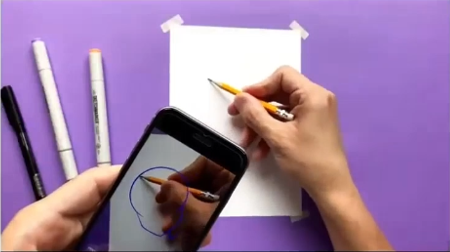
Human Anatomy Atlas for the Human Body: You can digitally place any part of the human body in your classroom. Students can walk around the table and manipulate the body part on a tablet wherever they are.
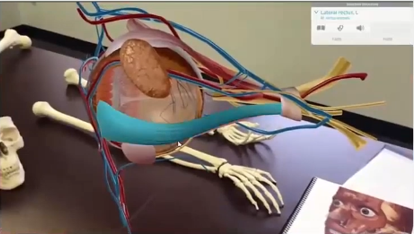
What is VR? “Virtual reality is a computer simulated 3D environment that enables users to explore and interact with their environment.”
Here are a few ways you can use VR in your own course:
VirtualSpeech: This is a tool used to give presentations in front of a virtual audience, and at the end of your presentation, you’re provided with feedback. You can choose what type of setting you’re in and how many people are in the audience. You can even make people yawn or heckle you to add distractions. It also tracks how much eye contact you had with participants, if you need to slow down/speed up, words per minute, your volume, and more.

Google Earth VR: In this simulation, you can go to places around the world and it’s like you’re flying on top of the world. You can view buildings in real time or show your students different places they’ve never been to.

Picture Perfect: Using Graphic Design Elements to Increase Student Engagement
In this session, Alexandra Herron explains how you can use visually appealing content to engage learners and boost your instructor presence in your online course.
Use thumbnails. You can create any thumbnail for your videos/folders. A thumbnail gives students a visual representation of what the video will be about. For one of Herron’s folders, she created a thumbnail that said, “One step at a time. You’ll get there,” for a week that included a more strenuous workload. For the first week, she creates a “Let’s taco about it…” thumbnail with a taco as the focal point.

Flipgrid. For program orientation, Herron’s university had faculty introduce themselves via Flipgrid so new students could learn about their upcoming instructors. Many instructors had different filters (Superman, Mario, etc.) to help set the tone for their class and give students a chance to learn about them personally.

Iorad. This tracks your screen clicks so you can make instructions on the web on your computer. After it tracks your clicks, it populates your clicks and students can view it as a video, print it as pdf, or view it as a document. Essentially, it provides written and/or visual instructions for students.
Cultivating a Classroom Culture Conducive for Connections
How can you cultivate a connection with your students from day one? In this session, Tiffany Sayles offers easy-to-implement ideas to create a classroom culture that is conducive for creating connections.
Four key ways to connect with students is through:
- Instructors
- Classmates
- Campus
- Content
A quote a day. Sayles starts every class with a quote where she gives students a minute to think about the quote and asks them to expand on it. It is an encouraging opportunity for students to explain what the quote means to them. After each student expresses their thoughts, Sayles says, “Thank you so much for your insight and for your perspective.” This positive response to their take on the quote encourages other students to participate.
The 3-2-1. This is where you ask students for three interesting facts about themselves, two goals they have, and one expectation for the class. It’s a connection piece for you and your students. Additionally, students love to learn about your life outside of class when you share your own 3-2-1.
Sayles says giving students a sense of purpose and identity is extremely important. She makes sure she tells students, “What you have to offer to the classroom conversation is something unique, it’s something I’ve never heard. So, I want to hear you. I want to know what you know.”
Feed their Minds: Brain Based Learning in the Classroom
Have you ever tried Immediate Feedback Assessment Techniques (IF-AT) in your course? In this session, Sabrina Timperman explains how brain-based techniques can improve learning and retention and help reduce test anxiety in your students.
IF-AT is a testing system that enables students to be provided with immediate feedback as students are completing each item.
Scratch off exam. Here, you can use a scratch off sheet to expose answers. So, if the student thinks the answer is A, they’ll scratch off A, and if there’s a star under it, they got it right. This works well as a group quiz where students can discuss the potential answers as a group and scratch off A, B, C or D. If there’s a star when they scratch off the letter, they get full points, but if there is no star, the group rediscusses and scratches off another answer.
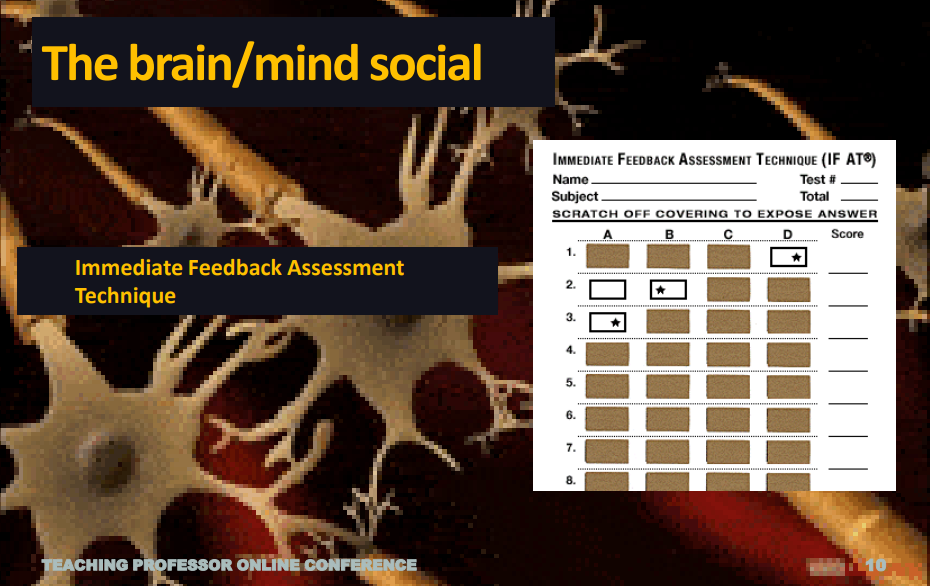
Memory game. In this game, based on the memory game, students receive cards that they flip over and need to match. Students are put into small groups and two groups play against one another. In Timperman’s course, she creates memory cards consisting of fibrous joints, cartilaginous joints, and synovial joints.
There are four rounds, and with each round, students get less information on the card—they have to rely on their memory after each round. The first deck of cards in round one has the joint name, a picture, a description, and an example. The two teams take turns flipping cards over and finding a match. Once all of the cards have a match, the teams move onto round two. The second deck of cards in round two only has the picture, example, and description but is missing the joint name. The third deck of cards in round three only has a picture and description. The fourth deck of cards in round four only has the image, so students have to remember the information from previous decks such as, what type of joint it was and what it did. This game builds on students’ memory from each round and also teaches students information about the joints as they play the game.
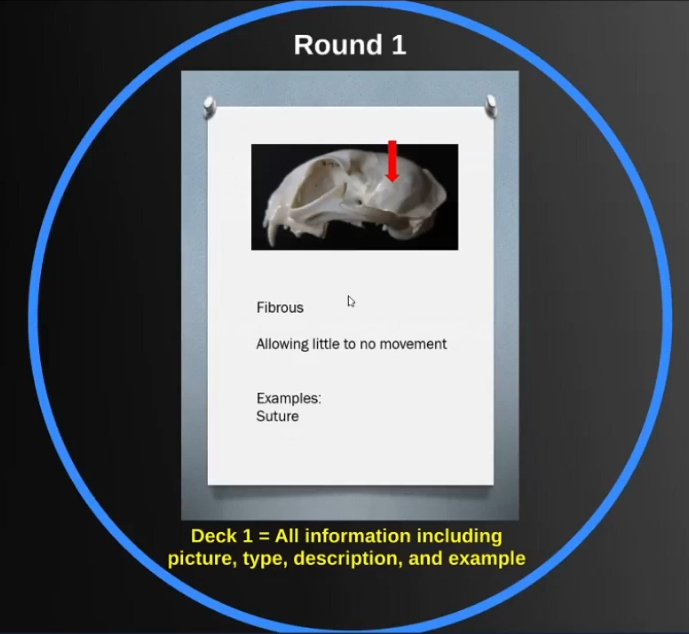
If you’re interested in these sessions and more, register now for the Teaching Professor Online Conference!
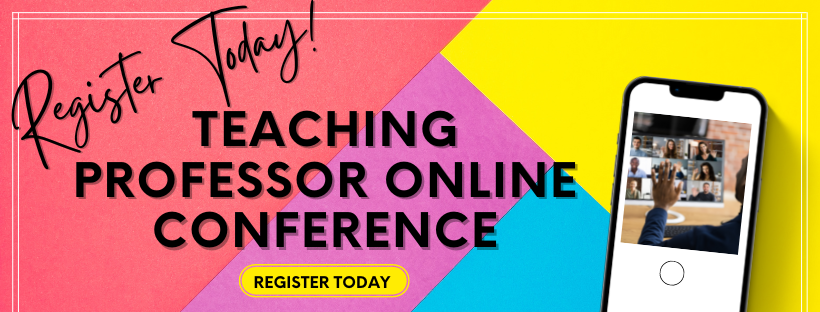
Post Views: 1,297